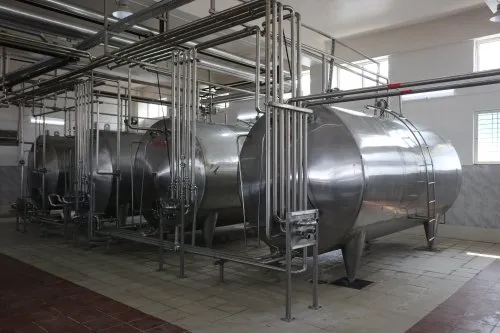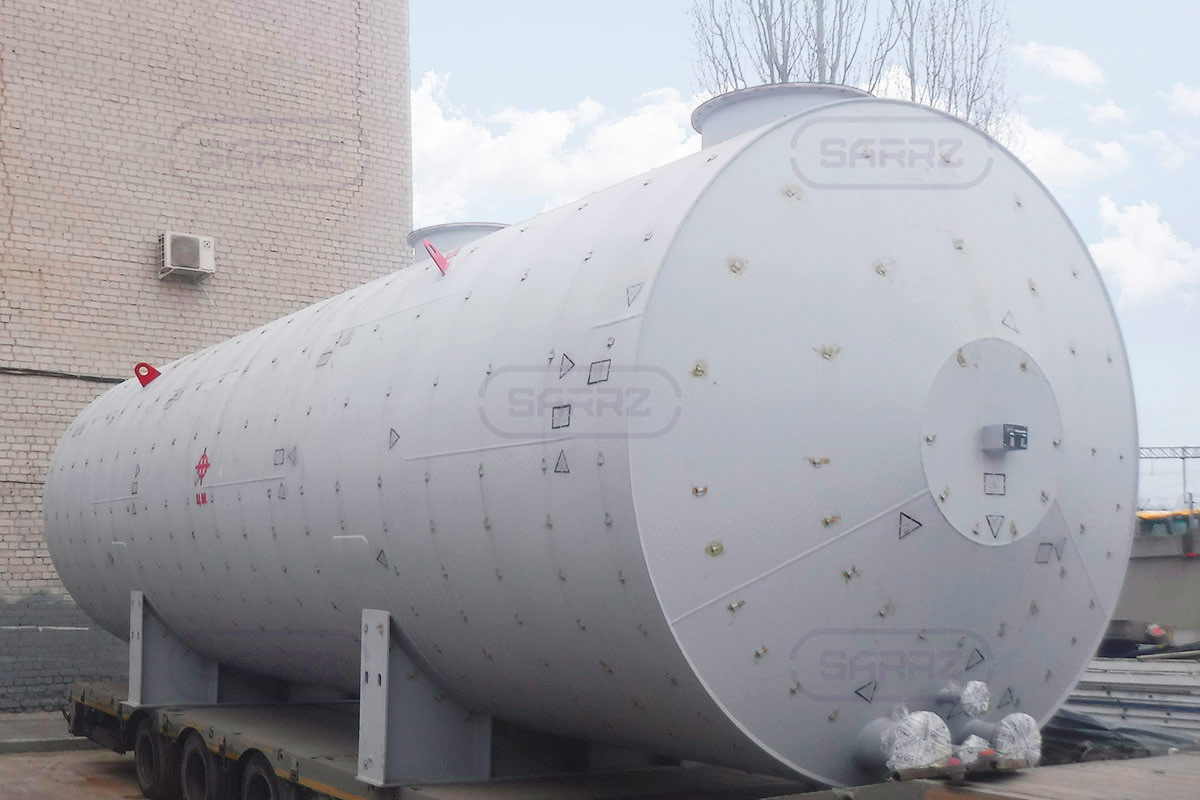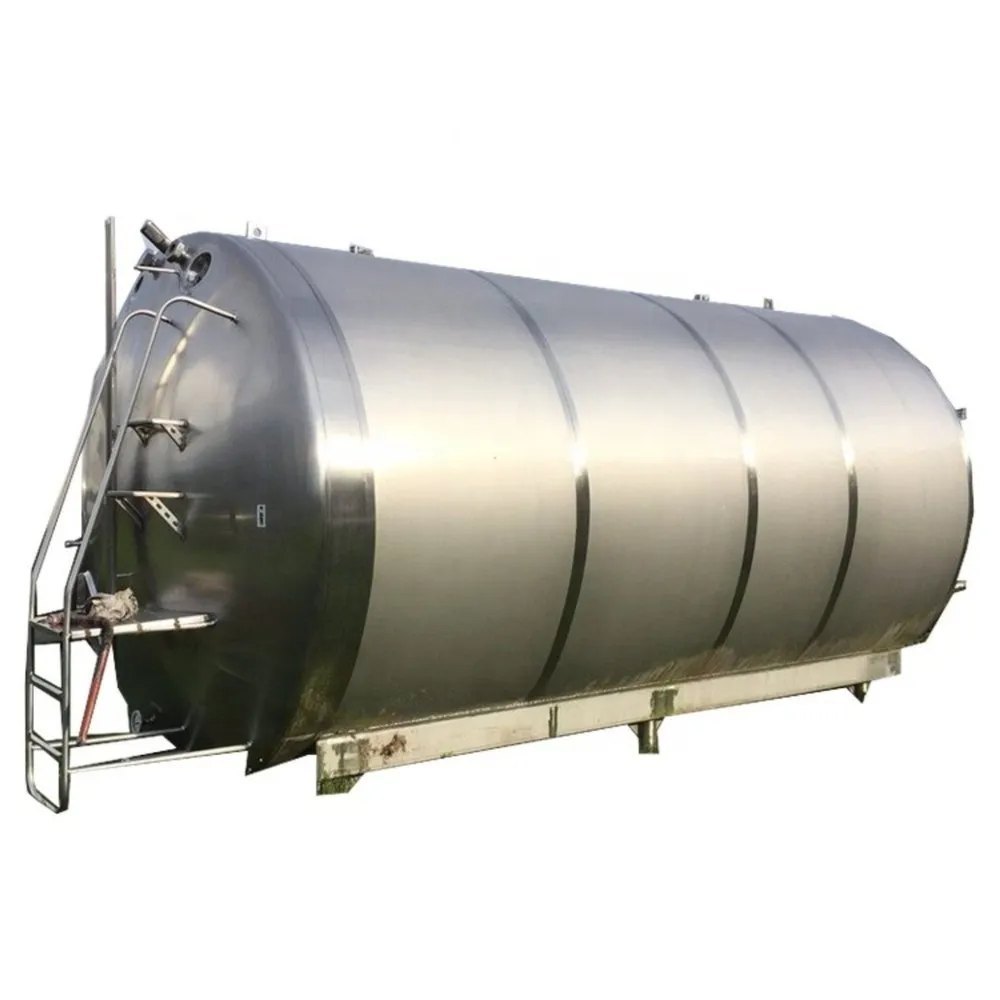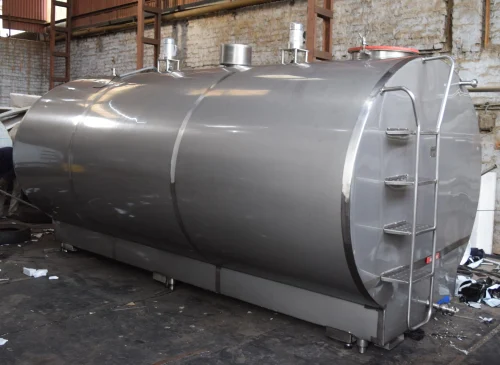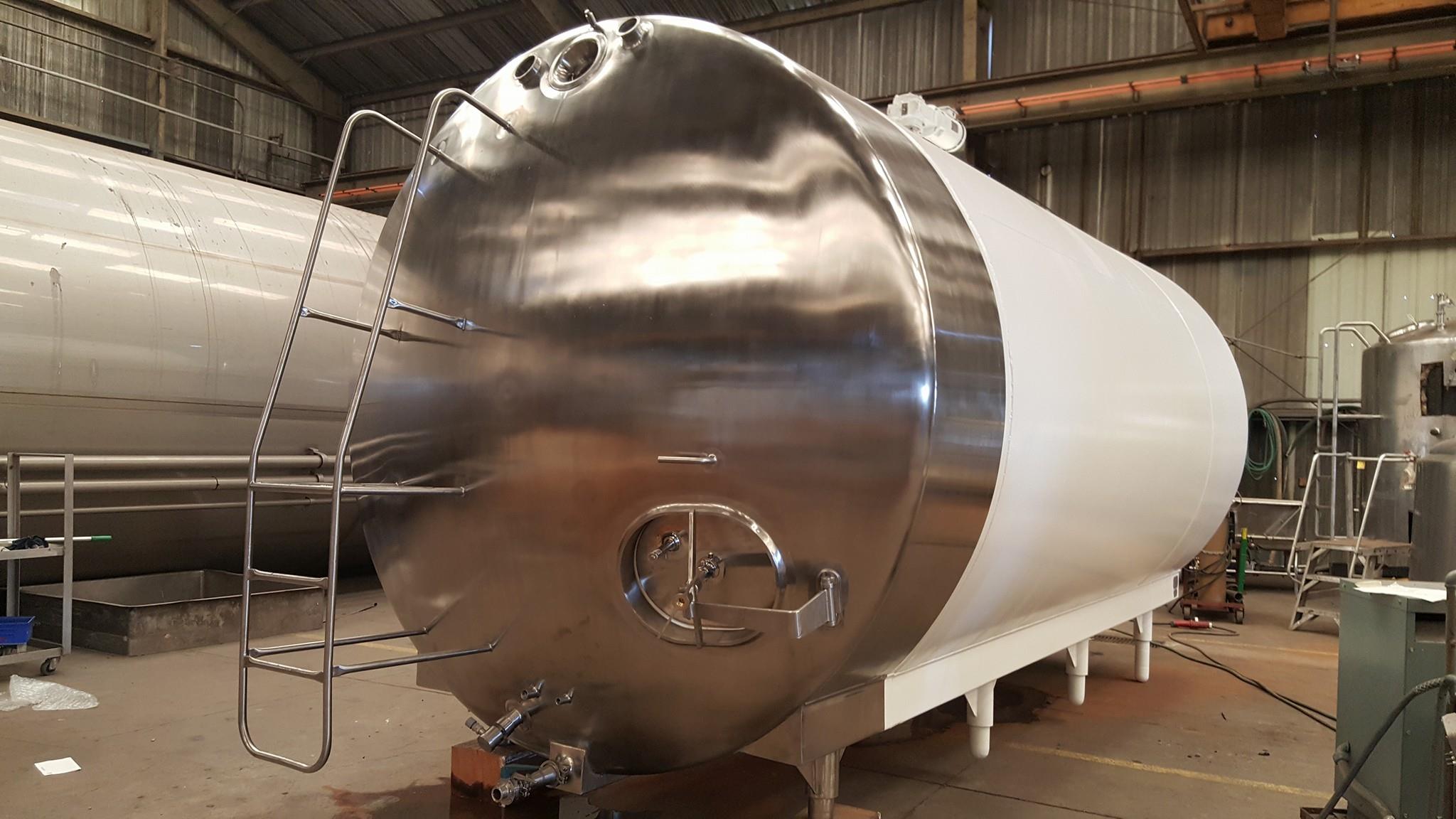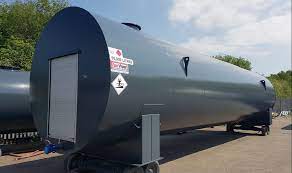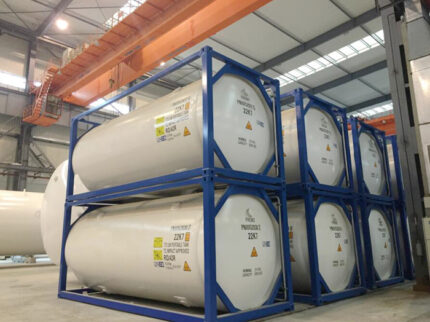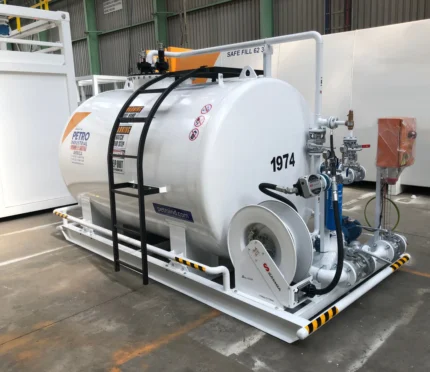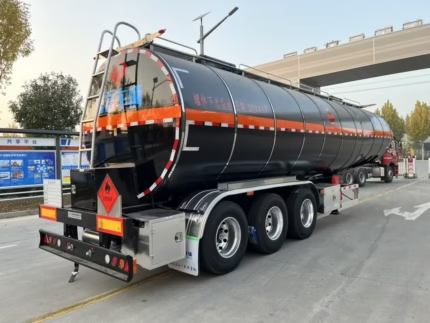Description
Bulk Storage Tanks: The Backbone of Industrial Material Management
In the bustling world of manufacturing, processing, and distribution, the ability to efficiently store large quantities of liquids, gases, and even solids is paramount. This is where bulk storage tanks come into play, serving as the silent workhorses that ensure a steady supply of essential materials. Whether vertical or horizontal, these on-site tanks are critical infrastructure components for a wide range of industries.
What are Bulk Storage Tanks?
Bulk storage tanks are large, typically above-ground containers designed to hold substantial amounts of materials. These tanks are engineered for safety, durability, and compatibility with the specific properties of the stored substance. They can be found in various configurations, most commonly vertical and horizontal, each offering unique advantages depending on the application.
Vertical vs. Horizontal: Choosing the Right Configuration
The decision between a vertical or horizontal tank depends on several factors, including:
- Space Availability: Vertical tanks are ideal when space is limited, as they occupy a smaller footprint for a given volume. This is particularly beneficial in urban environments or facilities with constrained land. Horizontal tanks, on the other hand, require more ground space but can be advantageous when height restrictions are in place.
- Cost Considerations: Horizontal tanks are generally less expensive to manufacture and transport due to their simpler design and lower construction requirements. Vertical tanks, especially those exceeding a certain height, may require specialized construction equipment and engineering expertise, leading to higher upfront costs.
- Material Properties & Flow: The viscosity and flow characteristics of the stored material play a crucial role. Vertical tanks are often preferred for storing viscous liquids as they facilitate easier drainage and reduce the risk of material settling. Horizontal tanks can be better suited for materials that require minimal head pressure during withdrawal.
- Maintenance Access: Horizontal tanks typically offer easier access for cleaning, inspection, and maintenance due to their lower height. Vertical tanks may require specialized equipment for accessing the upper portions, potentially increasing maintenance costs.
- Seismicity & Wind Loads: The geographical location and susceptibility to seismic activity or high winds must be considered. Vertical tanks are generally more susceptible to wind loads, while horizontal tanks are more vulnerable during seismic events. Proper engineering and anchoring are essential to ensure the stability of either configuration.
Applications Across Industries:
Bulk storage tanks are ubiquitous across numerous sectors, including:
- Chemical Processing: Storing raw materials, intermediates, and finished products.
- ** нефтегазовая:** Holding crude oil, refined fuels, and natural gas.
- Agriculture: Storing fertilizers, pesticides, and water for irrigation.
- Food & Beverage: Containing ingredients, syrups, and finished products.
- Wastewater Treatment: Storing and processing wastewater.
- Manufacturing: Holding various materials used in production processes.
Safety and Regulatory Considerations:
The safe operation of bulk storage tanks is paramount, and stringent regulations and standards govern their design, construction, and maintenance. These regulations aim to prevent leaks, spills, and other incidents that could harm the environment or human health. Key aspects include:
- Material Compatibility: Ensuring the tank material is compatible with the stored substance to prevent corrosion or degradation.
- Pressure Relief Systems: Installing pressure relief valves to prevent over-pressurization.
- Secondary Containment: Implementing secondary containment systems to capture any spills or leaks.
- Regular Inspections: Conducting routine inspections to identify potential problems and ensure the tank’s integrity.
- Proper Ventilation: Providing adequate ventilation to prevent the buildup of flammable vapors.
The Future of Bulk Storage:
As industries evolve, so too does the technology surrounding bulk storage tanks. Advancements in materials science, monitoring systems, and automation are leading to safer, more efficient, and environmentally responsible storage solutions. Smart tanks equipped with sensors and data analytics provide real-time information on material levels, temperature, and pressure, enabling proactive maintenance and preventing potential issues.
Conclusion:
Bulk storage tanks, whether vertical or horizontal, are indispensable components of modern industrial infrastructure. Understanding the nuances of each configuration and adhering to strict safety and regulatory guidelines are crucial for ensuring the reliable and responsible management of large quantities of materials. As technology continues to advance, we can expect to see even more sophisticated and sustainable bulk storage solutions emerge, further enhancing the efficiency and safety of industries worldwide.

